Green Gicumbi: One Rwandan District’s Journey Toward Climate Resilience
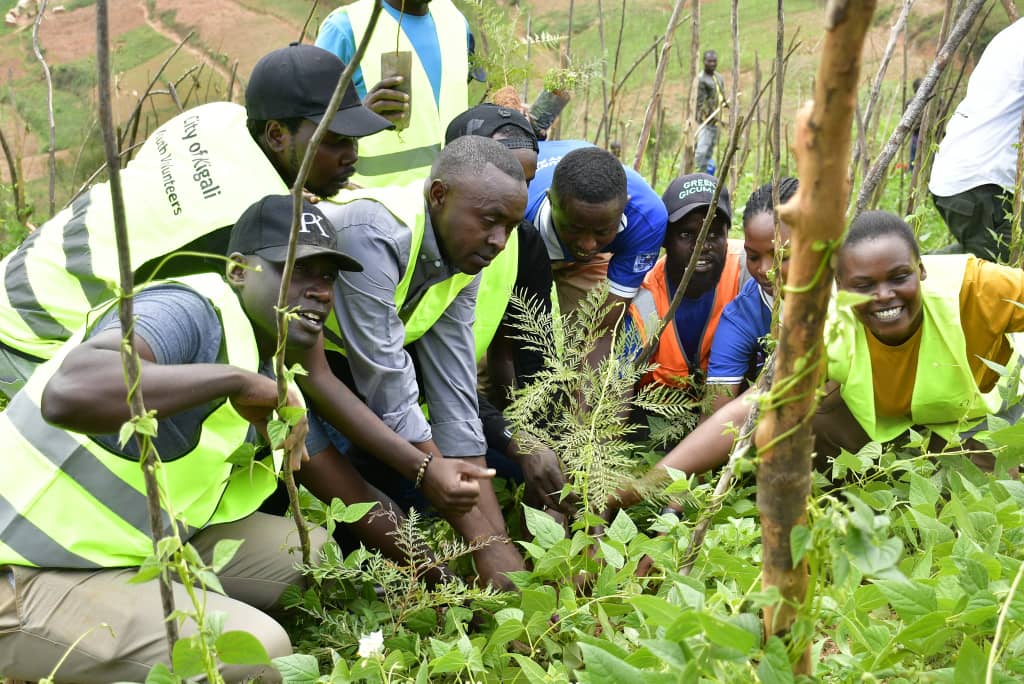
Just a few years ago, Gicumbi was one of Rwanda’s most climate-vulnerable districts. Floods, erosion, and droughts were part of everyday life. But that reality is changing—thanks to a community-led project that is helping people restore their environment while building better, more resilient lives.
The Green Gicumbi Project, officially titled “Strengthening Climate Resilience of Rural Communities in Northern Rwanda,” is a six-year initiative supported by the Green Climate Fund (GCF) and implemented by the Rwanda Green Fund (FONERWA). With $32 million in funding, it was launched in 2019 and focuses on protecting nature, adapting to climate shocks, and improving livelihoods in one of the country’s most ecologically fragile regions.
“Back in 2018, Gicumbi was ranked as the second most climate-affected district in Rwanda. Today, it is no longer among those frequently hit by disasters—clear evidence of the power of community-driven, climate-smart solutions.”
— Jean Marie Vianney Kagenza, Project Manager
What the Project Focuses On
Green Gicumbi is built on four key pillars that work hand-in-hand:
1. Restoring Land and Supporting Farmers
Thousands of hectares of degraded hillsides have been restored through terracing and agroforestry. Farmers now grow crops like highland coffee and tea—better suited to steep, erosion-prone slopes. The project has helped increase harvests, improve soil fertility, and reduce floods. Over 245 vulnerable households received cows through the Girinka program, and farmers now rely on localized weather stations to plan more effectively.

2. Protecting Forests and Promoting Clean Energy
More than 2,000 hectares of forests have been rehabilitated, using native and fast-growing tree species. At the same time, over 31,000 improved cookstoves were distributed to households and 100 energy-saving stoves to schools, helping reduce wood use, indoor air pollution, and deforestation. The Mulindi Tea Factory also received upgrades to reduce electricity use and lower its carbon emissions.
“These activities didn’t just restore the environment—they created livelihoods,” said Jean Marie Vianney Kagenza.
“People used their earnings to save, invest in farming and livestock, and some are now harvesting honey from the very forests they helped bring back. Many of these rehabilitated areas have now grown into mature forests, offering opportunities not only for conservation but also for sustainable use and income generation. These are real, tangible changes that people can see and feel. What remains is to sustain and build on them together.”
3. Building Safer, Healthier Homes
Two model green villages were constructed in Kaniga and Rubaya sectors, housing 100 families previously living in high-risk areas. These eco-settlements include rainwater harvesting, solar lighting, ecological toilets, and home gardens. Residents were given livestock and training in farming, cooperative management, and savings. The goal: not just relocation, but long-term dignity and resilience.
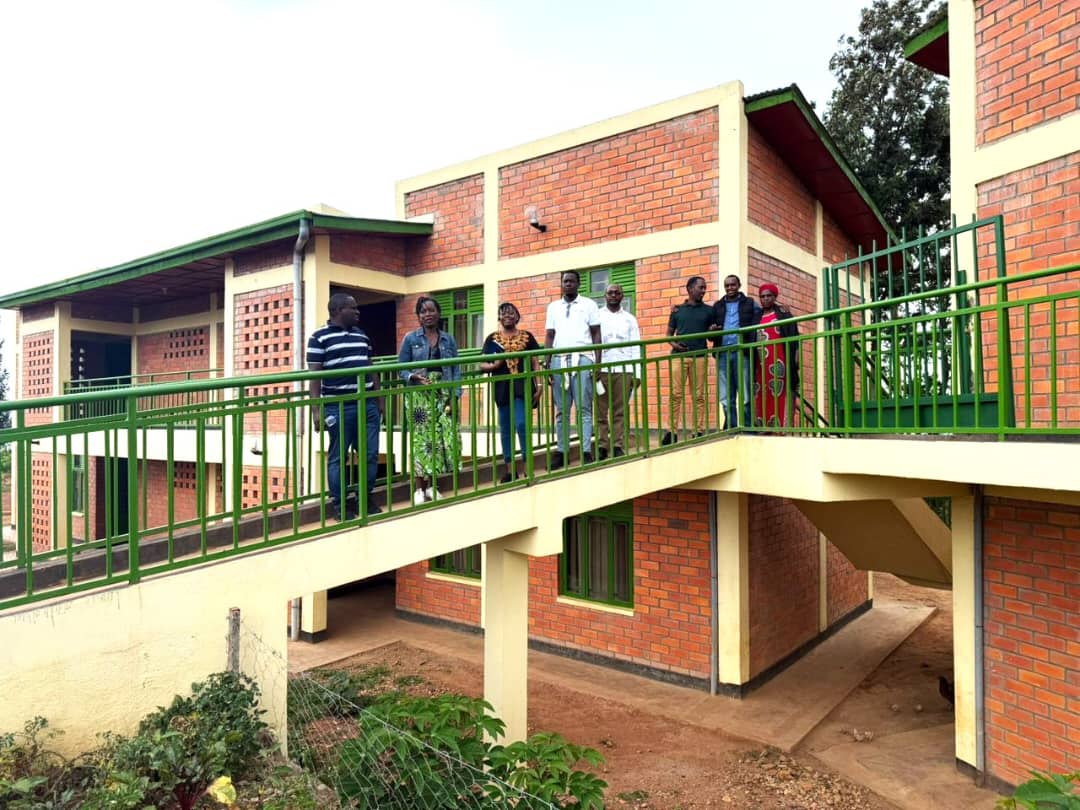
4. Sharing Knowledge and Building Local Skills
More than 25,000 people have been trained in climate-resilient farming, sustainable forestry, green construction, and microfinance. Over 45,000 green jobs have been created. Local cooperatives received funding through the Community Adaptation Fund to lead their own small-scale environmental initiatives.
“One of our biggest challenges at the beginning was changing people’s mindsets,” Kagenza explained.
“Many believed that old trees were simply firewood—not realizing the broader environmental cost. We had to explain that our goal was to fight the climate crisis—and help them see that forests can also bring income and security.”
Becoming a Living Classroom
Green Gicumbi is now drawing attention far beyond the district. Communities from other parts of Rwanda—and even other countries—regularly visit to learn from what’s been achieved here. From restored forests to improved cookstoves, from green villages to cooperative-led action, the district has become a hands-on learning hub.
“Green Gicumbi has become a living classroom,” said Kagenza.
“What we’ve learned and achieved here can be replicated to benefit many more communities elsewhere.”
Local leaders are also calling for the project’s expansion across all of Gicumbi’s 21 sectors.
“The strong engagement of our local communities has been central to the project’s success,” said Nzabonimpa Emmanuel, Mayor of Gicumbi District.
“But we must not stop here. The knowledge and benefits gained through Green Gicumbi need to reach the 12 sectors not yet covered. Climate resilience must reach every corner of our district.”
Looking Ahead
The Green Gicumbi Project is set to run until 2026. But for many families and communities, its impact will last much longer. Local leaders say they are committed to keeping the momentum going, even as the formal project nears its end.
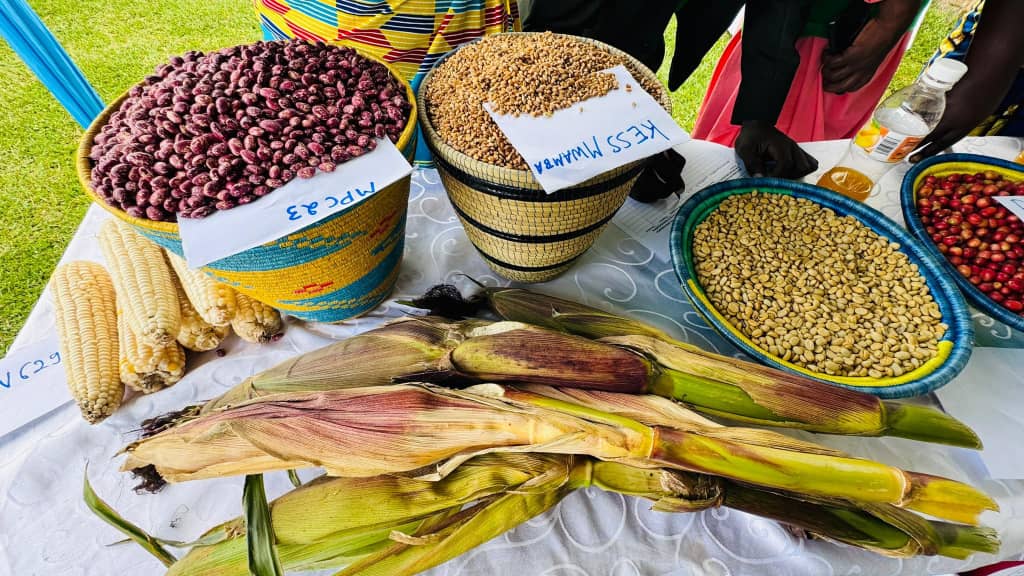
“The project’s benefits shouldn’t stop at our district borders,” Mayor Nzabonimpa added.
“Climate change is a shared challenge—our response should be shared, too.”
A Story of Growth, Grounded in People
What’s happening in Gicumbi is about more than just planting trees or building infrastructure. It’s about people reclaiming degraded hillsides and turning them into productive land. It’s about safer homes, healthier families, and children who now walk to school on roads no longer washed away by floods.
Green Gicumbi is showing that resilience isn’t just about reacting to climate change. It’s about growing stronger—together—before the next storm hits.
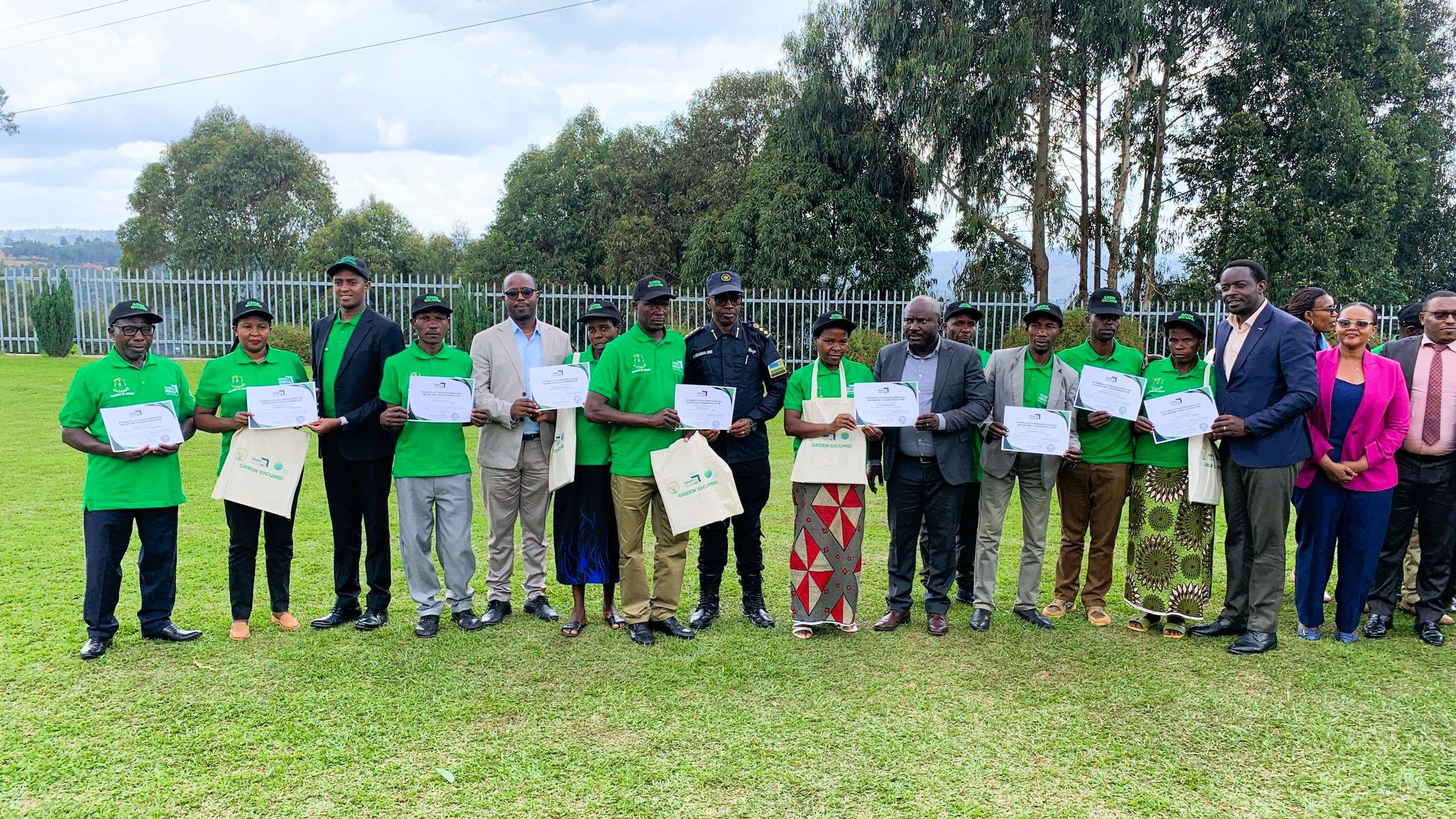
Trending Now
Hot Topics
Related Articles
Kivu Beach Festival Triggers Urgent Economic Development Push in Rutsiro
Preparations for the 2025 Kivu Beach Expo & Festival have become a...
COP30 Raised Ambition on Adaptation Finance Yet Africa’s 150 Billion Dollar Gap Tells a Different Story
COP30 in Belém was billed as the moment the world would finally...
Rwanda Launches Updated Climate Action Plan to Boost Resilience and Cut Emissions by 2035
Rwanda has unveiled a strengthened national climate strategy with the release of...
A Climate Crossroads: 2025 Set to Be the 2nd or 3rd Warmest Year on Record
As global leaders meet at COP30 in Belém, a new update from...


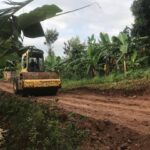
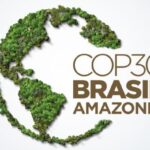
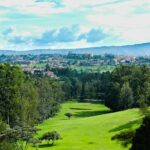


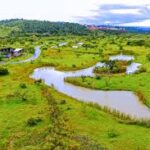
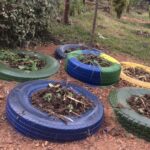
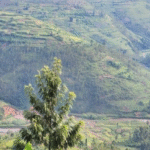
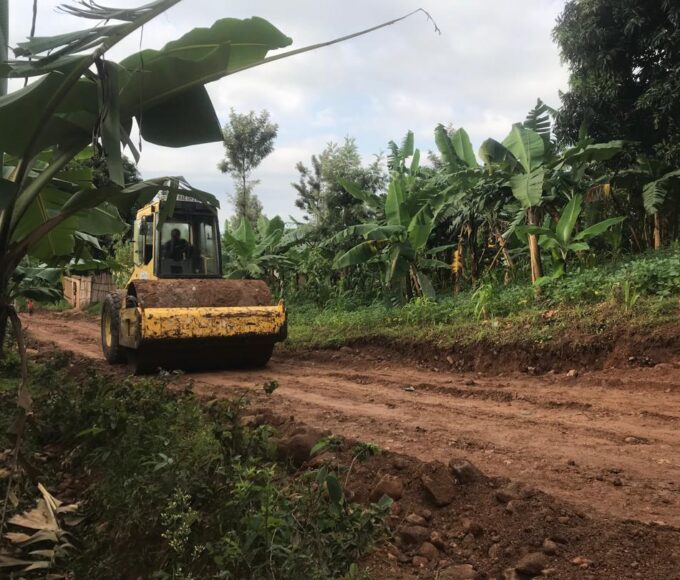
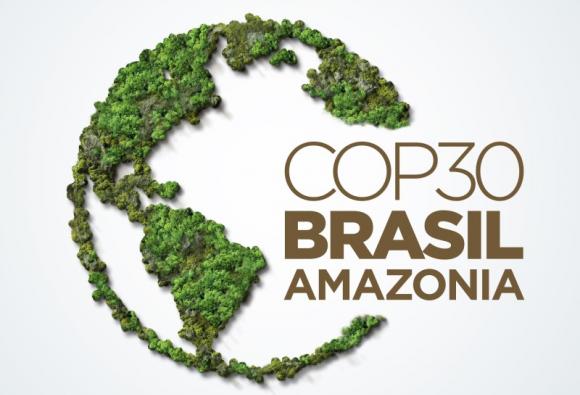
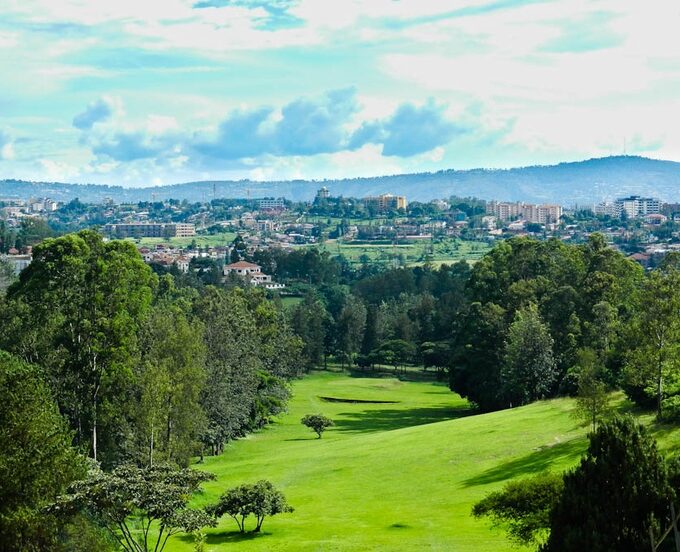
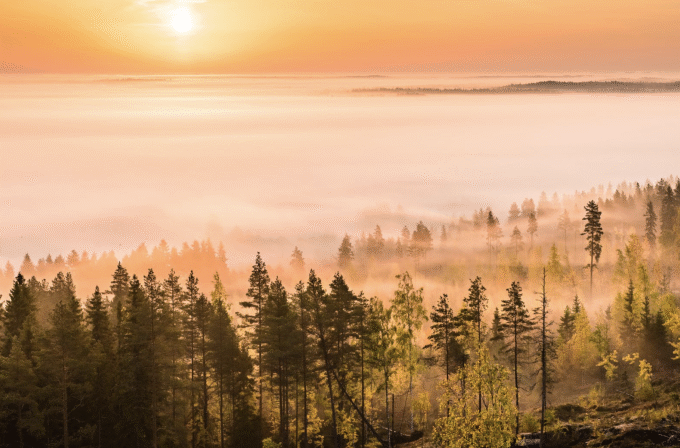
Leave a comment